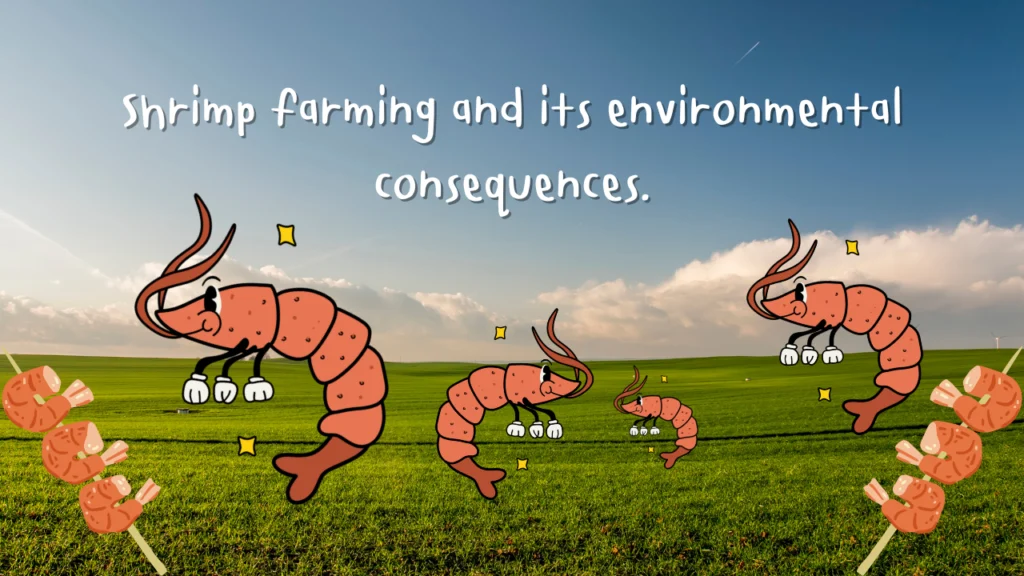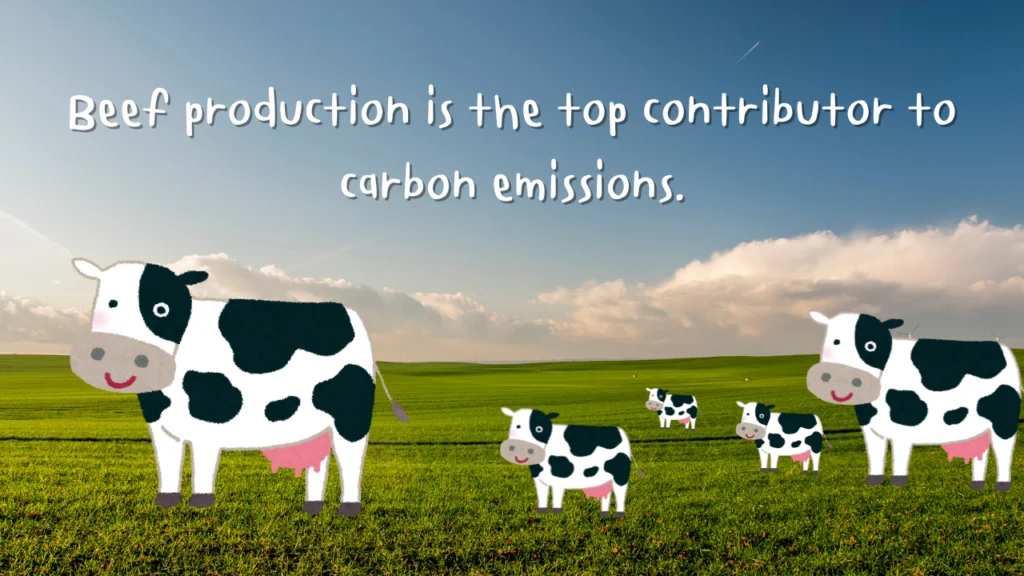Which Item Has the Highest Carbon Footprint?

In today’s world, understanding which items contribute most to our carbon footprint is essential for making informed choices that reduce environmental impact. Different products, especially in the food industry, vary significantly in how much they contribute to greenhouse gas emissions. This article breaks down the key offenders and helps us understand which item has the highest carbon footprint.
What Is a Carbon Footprint?
A carbon footprint refers to the total amount of greenhouse gases (GHGs), including carbon dioxide (CO2), methane (CH4), and nitrous oxide (N2O), released into the atmosphere as a result of human activities. These gases contribute to global warming by trapping heat in the atmosphere, causing shifts in climate patterns. CO2 emissions are most commonly associated with burning fossil fuels for transportation, electricity, and the production of various goods.
Top Item: Beef

Beef production has the highest carbon footprint among all food items. According to various studies, including data from Poore and Nemecek, the production of beef generates around 99.48 kilograms of CO2e (carbon dioxide equivalent) per kilogram of meat. The environmental cost of beef is staggering due to multiple factors:
Land Use and Deforestation
Beef production requires vast amounts of land for grazing. Forests are often cleared to create pastures for cattle, releasing massive amounts of stored carbon into the atmosphere. Deforestation contributes to 15% of the world’s GHG emissions, and beef production is a major driver of this.
Methane Emissions
Cows produce methane through a digestive process called enteric fermentation. Methane is about 27 times more potent as a greenhouse gas than CO2 over a 100-year period, making cattle farming a significant environmental threat.
Other High-Carbon Footprint Items
While beef tops the list, several other food and non-food items also contribute heavily to carbon emissions. Here’s a breakdown of some of the highest carbon footprint items:
Dark Chocolate
Surprisingly, dark chocolate is second on the list with emissions of 46.65 kilograms of CO2e per kilogram of product. The primary reason for this is the land use changes involved, particularly deforestation in tropical areas where cacao is grown. Additionally, the process of transporting cacao beans from tropical regions to global markets adds to the carbon cost.
Lamb & Mutton
Lamb and mutton have an extremely high carbon footprint, emitting 39.72 kilograms of CO2e per kilogram. Similar to beef, lamb production requires significant amounts of land and resources, and sheep also produce methane as part of their digestion process.
Farmed Prawns and Fish
Seafood like farmed prawns and fish also have a substantial carbon footprint, mainly due to the energy-intensive farming processes and the destruction of natural habitats like mangroves. Farmed prawns emit 26.87 kilograms of CO2e per kilogram, while farmed fish emit 13.63 kilograms of CO2e per kilogram.
Comparing Plant-Based Foods
In general, plant-based foods tend to have much lower carbon footprints compared to animal products. For example, 1 kilogram of rice emits around 2.25 kilograms of CO2e, while 1 kilogram of potatoes emits just 0.40 kilograms of CO2e.
Impact of Coffee and Chocolate
While plant-based, items like coffee and chocolate can still have high carbon footprints, especially if they are not sustainably sourced. Coffee emits 28.53 kilograms of CO2e per kilogram, primarily due to the deforestation involved in growing coffee beans and the energy-intensive roasting process.
The Water Footprint of High-Carbon Foods
In addition to their carbon emissions, many of these foods also have a significant water footprint. For example:
- Cheese requires 5,605 liters of water per kilogram.
- Nuts require 4,134 liters of water per kilogram.
- Beef (Dairy Herd) needs 2,714 liters of water per kilogram.
These figures highlight that not only do these items emit large amounts of greenhouse gases, but they also place a heavy burden on freshwater resources.
Non-Food Items with High Carbon Footprints
Carbon footprints extend beyond just food. Many common everyday items also have significant environmental impacts. Here are a few examples:
- 1 plastic water bottle produces 83 grams of CO2 during its lifecycle.
- 1 smartphone emits 172 grams of CO2 for every hour of usage.
- 1 roll of toilet paper (2 ply) generates 1.3 kilograms of CO2.
These seemingly small items can add up to substantial emissions over time, especially when used in large quantities globally.
How to Make Sustainable Choices
While it may be challenging to completely avoid high-emission items, making more sustainable choices can significantly reduce your carbon footprint.
Switch to Plant-Based Foods
Reducing your consumption of animal products, particularly beef and lamb, is one of the most effective ways to lower your carbon footprint. Switching to plant-based proteins like beans, lentils, and tofu can drastically cut emissions. Use our Carbon Footprint Calculator to measure your impact and discover more ways to reduce your carbon footprint.
Buy Local and Sustainable Products
Although the transportation of food accounts for a small percentage of total emissions, buying locally sourced and sustainably produced items can reduce your overall environmental impact. Look for certifications like “Fair Trade” or “Rainforest Alliance” on products like coffee and chocolate to ensure they were sourced sustainably.
Conclusion: Every Choice Matters
In conclusion, beef has the highest carbon footprint of any food item, followed by dark chocolate and lamb. However, many other everyday items, including farmed prawns, cheese, and even coffee, contribute significantly to global emissions. By understanding the carbon footprint of the things we consume and the activities in your daily life that have the largest carbon footprint, we can make more sustainable choices to help reduce our impact on the planet.
FAQs: Which Item Has the Highest Carbon Footprint?
What food item has the highest carbon footprint?
Beef has the highest carbon footprint, emitting approximately 99 kilograms of CO2e per kilogram of meat.
Why does beef have such a high carbon footprint?
Beef’s high carbon footprint is due to deforestation for grazing, methane emissions from cows, and the resource-intensive nature of beef production.
Are plant-based foods always better for the environment?
Generally, yes. Plant-based foods like vegetables, grains, and legumes have a much lower carbon footprint than animal products, although some items like coffee and chocolate can still have a significant impact.
How can I reduce my carbon footprint?
You can reduce your carbon footprint by consuming less beef, switching to plant-based proteins, and choosing locally sourced and sustainably produced products.
What non-food items have a high carbon footprint?
Items like plastic bottles, smartphones, and disposable coffee cups all contribute significantly to carbon emissions due to the resources and energy required to produce them.



